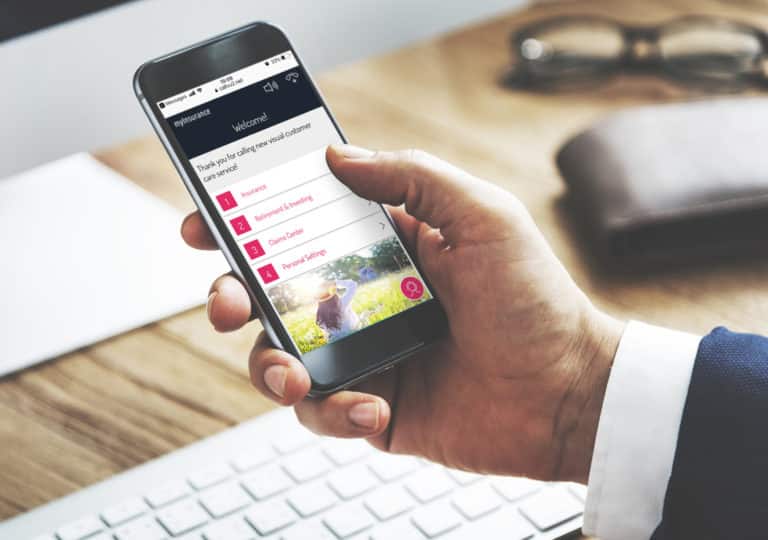Omnichannel self-service is becoming increasingly popular as companies look for ways to deliver better customer experiences, lower support costs, and improve live agent productivity. Most customers prefer resolving issues with well-designed self-service support experiences versus assisted support channels like contact center experiences. Further, most of your customers are likely omnichannel customers interested in accessing service and support on their terms. Greater omnichannel self-service experiences provide streamlined and consistent ways to meet customer needs in whatever contact channel the customer chooses. Omnichannel self-service measurement helps ensure that your customer service and support experiences fully deliver on customer goals.
Assessing Omnichannel Self-Service Performance
Omnichannel self-service experiences aim to deliver the fastest and easiest ways to solve customer issues and provide customer support information. They can come in different forms, including chatbot apps, virtual assistants, and micro-apps developed to address a single customer use case. Digital self-service micro-apps are rapidly becoming the dominant omnichannel self-service methodology. To enhance completion rates, many micro-apps incorporate guided experiences and on-demand tips to maximize completion rates.
Micro-app experiences are delivered to customers via short links. These links can be incorporated into a web page, customer self-service portal, or mobile app. The link connects the customer to the web application to address an issue. Micro-apps can also be incorporated into IVR menus with links delivered via SMS or messaging apps.
Measurement to Goals
Omnichannel self-service experiences are typically built with two goals:
- Diverting many customers away from expensive live agent interactions like contact center calls
- Delivering the best possible customer outcomes and satisfaction and meeting customer expectations
As you develop experiences, you need to implement a robust omnichannel self-service measurement program to assess their effectiveness and collect optimization insights. As with any digital self-service experience, the most important measures include the following:
Adoption Counts and Rate
What percentage of customers choose your omnichannel self-service experience instead of less desirable paths to issue resolution? Adoption rates tell us how well we are “marketing” our experiences and encouraging people to adopt them. The higher the adoption rate, the more people we can divert from costly and frustrating alternative paths to resolution.
Completion Counts and Rate
What percentage of people who start an omnichannel self-service experience complete the process? This measures how well the experience empowers the user to complete all steps and get a resolution to their issue. High completion rates indicate well-designed experiences.
Abandons and Abandon Rate
These figures are directly related to completions and reveal how many people decide to quit using an experience before reaching their goal. High abandon rates indicate process or communication issues in the user flow. In some cases, users may abandon because they cannot complete a step. In other cases, they may decide that completing a process is too difficult or time-consuming and that it would be easier to get resolution through another channel, l;ike a customer live agent. With abandons, it’s helpful to know exactly where in the process people are giving up so that you can formulate an optimization plan to improve the customer experience at that point in the flow.
Satisfaction Counts and Rate
What percentage of those who completed the process report that their customer need was satisfied by the experience? Getting customer feedback about each of these customer interactions can help you understand how pleased they were with the process and outcome. You can learn if the experience met customer expectations,
CSAT
What is the impact of the omnichannel self-service experience on overall customer satisfaction (CSAT) scores? It’s also valuable to understand the impact of an omnichannel self-service experience on overall brand satisfaction. Well-designed self-service experiences often boost CSAT scores, increase customer retention, boost customer lifetime value, and increase future adoption of digital channel support.
Additional Omnichannel Self-Service Measurement Considerations
When measuring omnichannel self-service, there is significant value in examining the above metrics by touchpoint and communication channel. Ideally, an omnichannel experience will be just as effective in one service channel or device as another.
If your omnichannel self-service measurement data indicate that there are significant gaps for one or more service channels, it makes sense to review the customer experience for that channel or device and make adjustments.
Get More Information
To get more information on omnichannel self-service. Including the best ways to build and deploy experiences across all customer touchpoints, visit the FICX site, request a demo, or explore the other articles listed below.





